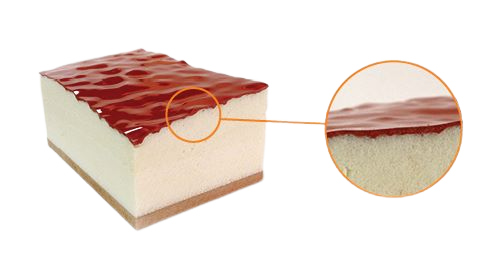“Aromatic” Systems
These are polyureas made from the aromatic diisocyanate (e.g. MDI, TDI,..). Their performance is outstanding However, they aren’t very stable under light. This means that the surface alters color in sunlight, however it doesn’t affect its physical properties.
“Aliphatic” Systems
They are polyureas that are based on an diisocyanate that is aliphatic (e.g. IPDI, HDI,…). They’re light-stable, that is, they won’t alter colour in the presence of sunlight (sun or artificial). They can be more challenging to work with and typically cost more than aromatic polyureas.






